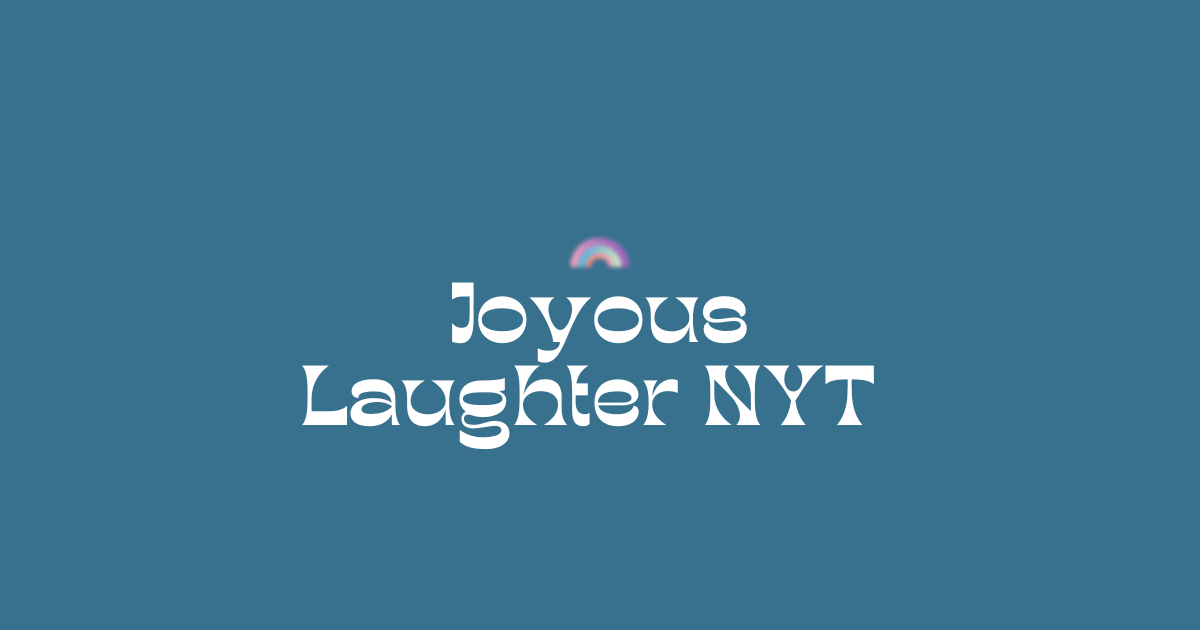Understanding the roots of community dynamics in old Arabic cultures requires delving into the concept of Cmhiyet. This term encapsulates the essence of communal living, collective responsibility, and mutual support that characterized early Arabic societies. By examining the historical context and various aspects of Cmhiyet, we can gain a deeper appreciation of its enduring influence.
The Concept of Cmhiyet
Cmhiyet, derived from the Arabic word “جماعة” (jama’a), meaning group or congregation, refers to the collective identity and solidarity of a community. It emphasizes the importance of mutual aid, shared responsibilities, and collective decision-making. Cmhiyet was not just a social construct but a way of life that permeated various aspects of society.
Historical Context
The origins of Cmhiyet can be traced back to pre-Islamic Arabia, a time when tribal affiliations and kinship were paramount. Communities were organized around tribes, each with its own distinct identity and social norms. The harsh desert environment necessitated cooperation and interdependence, laying the groundwork for the concept of Cmhiyet.
The Role of Cmhiyet in Society
Social Cohesion
Cmhiyet played a pivotal role in fostering social cohesion. It created a sense of belonging and identity among community members, strengthening bonds and reducing conflicts. The emphasis on collective well-being over individual interests ensured that everyone had a stake in the community’s prosperity.
Economic Cooperation
Economic activities in old Arabic cultures were often communal. From agriculture to trade, cooperation was essential for survival and success. Cmhiyet facilitated the pooling of resources, shared labor, and collective decision-making, enhancing economic stability and resilience.
Cultural Preservation
Cmhiyet was instrumental in preserving cultural heritage and traditions. Oral storytelling, poetry, and communal rituals were integral parts of community life, passed down through generations. This collective cultural identity reinforced the sense of belonging and continuity.
Cmhiyet and Tribal Structures
Tribal structures were the backbone of old Arabic societies, and Cmhiyet was intricately linked to these formations. Each tribe had its own Cmhiyet, which defined social roles, responsibilities, and relationships. Tribal leaders, known as sheikhs, played a central role in maintaining order and resolving disputes within the framework of Cmhiyet.
Religious Influence on Cmhiyet
The advent of Islam in the 7th century CE brought significant changes to the concept of community in Arabic cultures. Islamic teachings emphasized the ummah, a global community of believers, which complemented and sometimes superseded traditional tribal Cmhiyet. The principles of brotherhood, charity, and mutual support in Islam reinforced the values of Cmhiyet.
Comparative Analysis with Modern Concepts
Modern concepts of community and social organization have evolved, but parallels can still be drawn with Cmhiyet. Contemporary notions of social networks, cooperatives, and communal living echo the principles of mutual support and collective responsibility that defined Cmhiyet.
The Decline of Cmhiyet
With the advent of modernization, urbanization, and globalization, traditional structures like Cmhiyet have declined. Individualism and centralized governance have replaced communal decision-making and mutual aid, altering the social fabric of Arabic societies.
Legacy of Cmhiyet in Contemporary Society
Despite its decline, the legacy of Cmhiyet endures in various forms. Family ties, neighborhood communities, and cultural associations continue to reflect the values of collective support and shared identity. In times of crisis, such as natural disasters or economic hardships, the spirit of Cmhiyet often resurfaces, demonstrating its enduring relevance.
Conclusion
The concept of Cmhiyet provides valuable insights into the communal dynamics of old Arabic cultures. It highlights the importance of collective identity, mutual support, and shared responsibilities in shaping social structures. Understanding Cmhiyet not only enriches our knowledge of history but also offers lessons for building cohesive and resilient communities in the modern world.

 FASHION11 months ago
FASHION11 months ago
 NEWS10 months ago
NEWS10 months ago
 NEWS11 months ago
NEWS11 months ago
 NEWS11 months ago
NEWS11 months ago
 BLOG11 months ago
BLOG11 months ago
 GAMES11 months ago
GAMES11 months ago
 BUSINESS11 months ago
BUSINESS11 months ago
 LIFE STYLE11 months ago
LIFE STYLE11 months ago




Pingback: What is a Back Casting Room? - Vitallmag
Pingback: Get365CVL: Transforming Employee Engagement and Performance - Iconhot.co.uk